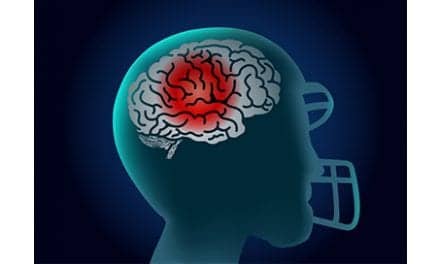Researchers at the University of North Carolina (UNC) School of Medicine have found a new target for the treatment of chronic pain: an enzyme called PIP5K1C. In a paper published in the journal Neuron, the researchers show that this enzyme controls the activity of cellular receptors that signal pain. A news report from Science Daily notes that by reducing the level of the enzyme, researchers showed that the levels of a crucial lipid called PIP2 in pain-sensing neurons is also lessened, which would decrease pain.
In addition, the researchers found that a compound, currently named UNC3230, could dampen the activity of PIP5K1C. The Science Daily news report indicates that this compound could lead to a new kind of pain reliever. The research team showed, in particular, that the compound might be able to reduce inflammatory pain and neuropathic pain damage to nerve pain.
Mark Zylka, PhD, explains, “A big problem in our field is that it is impractical to block each of these receptors with a mixture of drugs. So we looked for commonalities—thing that each of these receptors need in order to send a signal.” The lipid PIP2 was one of the commonalities. The research team found that PIP5K1C kinase was expressed at its highest levels in sensory neurons compared to other related kinases.
The researchers then used a mouse model to show that PIP5K1C was responsible for generating at least half of all PIP2 in these neurons. Zylka says, “That told us that a 50 percent reduction in the levels of PIP5K1C was sufficient to reduce PIP2 levels in the tissue we were interested in — where pain-sensing neurons are located.” Zylka adds, “That’s what we wanted to do — block signaling at this first relay in the pain pathway.”
The researchers then teamed up with Stephen Frye, PhD, to screen about 5,000 small molecules to identify compounds that might block PIP5K1C. The team found that UNC3230 was the strongest and that the chemical structure of UNC3230 couldbe manipulated to possibly turn it into an inhibitor of PIP5K1C. Experiments are now underway at UNC, as indicated on the Science Daily news report.
Source: Science Daily





